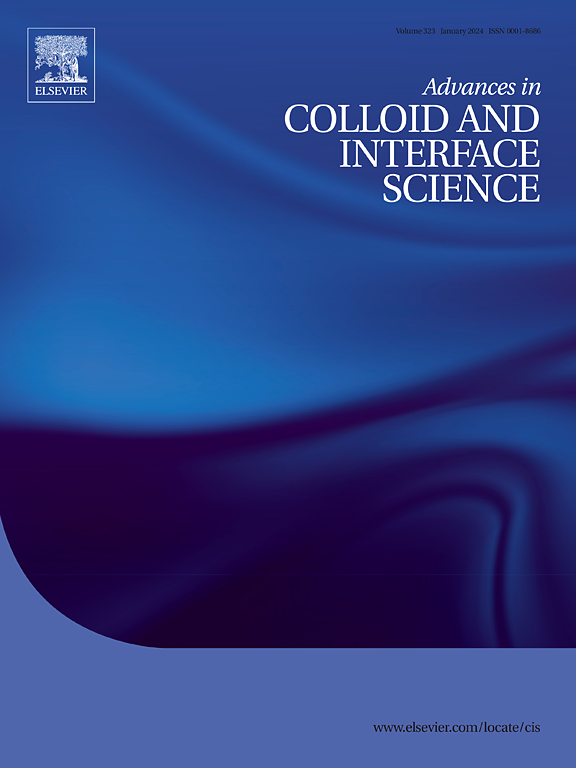Lipid-based nanocarriers loaded with bioactive compounds in active food packaging: Fabrication, characterization, and applications
IF 15.9
1区 化学
Q1 CHEMISTRY, PHYSICAL
引用次数: 0
Abstract
New trends in the food industry emphasize safer, more stable, eco-friendly, and value-added packaging solutions. Active packaging has emerged to release or absorb bioactive components, which are often sensitive to physical, chemical and/or enzymatic factors as well as being unstable. Lipid-based nanocarriers (nanoemulsions, nanoliposomes, solid lipid nanoparticles and nanostructured lipid carriers) have demonstrated their industrial potential and efficiency in the uptake, protection, bioavailability and controlled/targeted release of a wide variety of water-soluble, fat-soluble or amphiphilic bioactive substances. Additionally, their reduced size and consequently, high surface-to-volume ratio, give them unique physicochemical attributes, novel characteristics in the final product and biocompatibility as well as adhesion strength with the food packaging, without altering the sensory attributes of the food. Despite these benefits, challenges related to stability, regulatory concerns, and large-scale production must be addressed. This review examines the fabrication, characterization, and application of lipid-based nanocarriers in active food packaging, emphasizing their benefits, challenges, and future potential while further exploring their successful integration into the food packaging industry.

在活性食品包装中装载生物活性化合物的脂基纳米载体:制造、表征和应用
食品行业的新趋势强调更安全、更稳定、环保和增值的包装解决方案。活性包装的出现是为了释放或吸收生物活性成分,这些成分通常对物理、化学和/或酶因素敏感,而且不稳定。基于脂质的纳米载体(纳米乳液、纳米脂质体、固体脂质纳米颗粒和纳米结构脂质载体)已经证明了它们在吸收、保护、生物利用度和控制/靶向释放各种水溶性、脂溶性或两亲性生物活性物质方面的工业潜力和效率。此外,它们的尺寸减小,因此具有高表面体积比,赋予它们独特的物理化学属性,最终产品的新特性,生物相容性以及与食品包装的粘附强度,而不会改变食品的感官属性。尽管有这些好处,但必须解决与稳定性、监管问题和大规模生产相关的挑战。本文综述了脂基纳米载体的制备、表征和在活性食品包装中的应用,强调了它们的优点、挑战和未来潜力,同时进一步探讨了它们在食品包装工业中的成功整合。
本文章由计算机程序翻译,如有差异,请以英文原文为准。
求助全文
约1分钟内获得全文
求助全文
来源期刊
CiteScore
28.50
自引率
2.60%
发文量
175
审稿时长
31 days
期刊介绍:
"Advances in Colloid and Interface Science" is an international journal that focuses on experimental and theoretical developments in interfacial and colloidal phenomena. The journal covers a wide range of disciplines including biology, chemistry, physics, and technology.
The journal accepts review articles on any topic within the scope of colloid and interface science. These articles should provide an in-depth analysis of the subject matter, offering a critical review of the current state of the field. The author's informed opinion on the topic should also be included. The manuscript should compare and contrast ideas found in the reviewed literature and address the limitations of these ideas.
Typically, the articles published in this journal are written by recognized experts in the field.

 求助内容:
求助内容: 应助结果提醒方式:
应助结果提醒方式:


